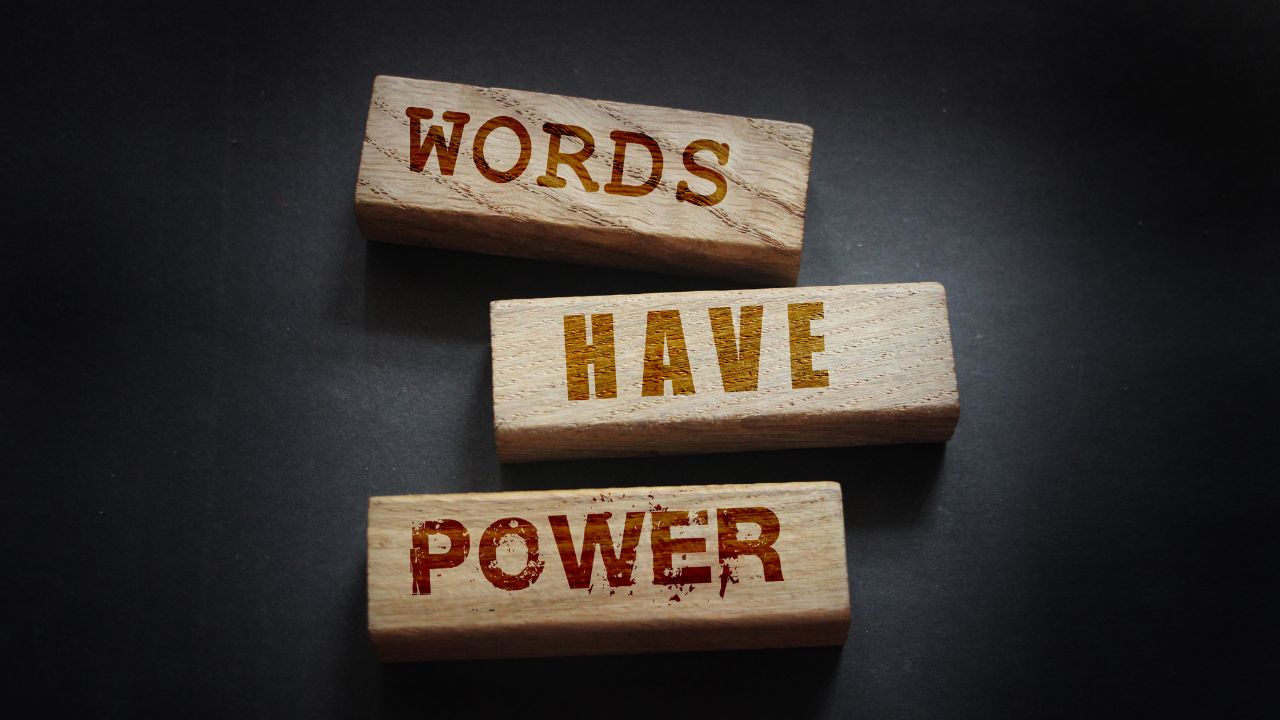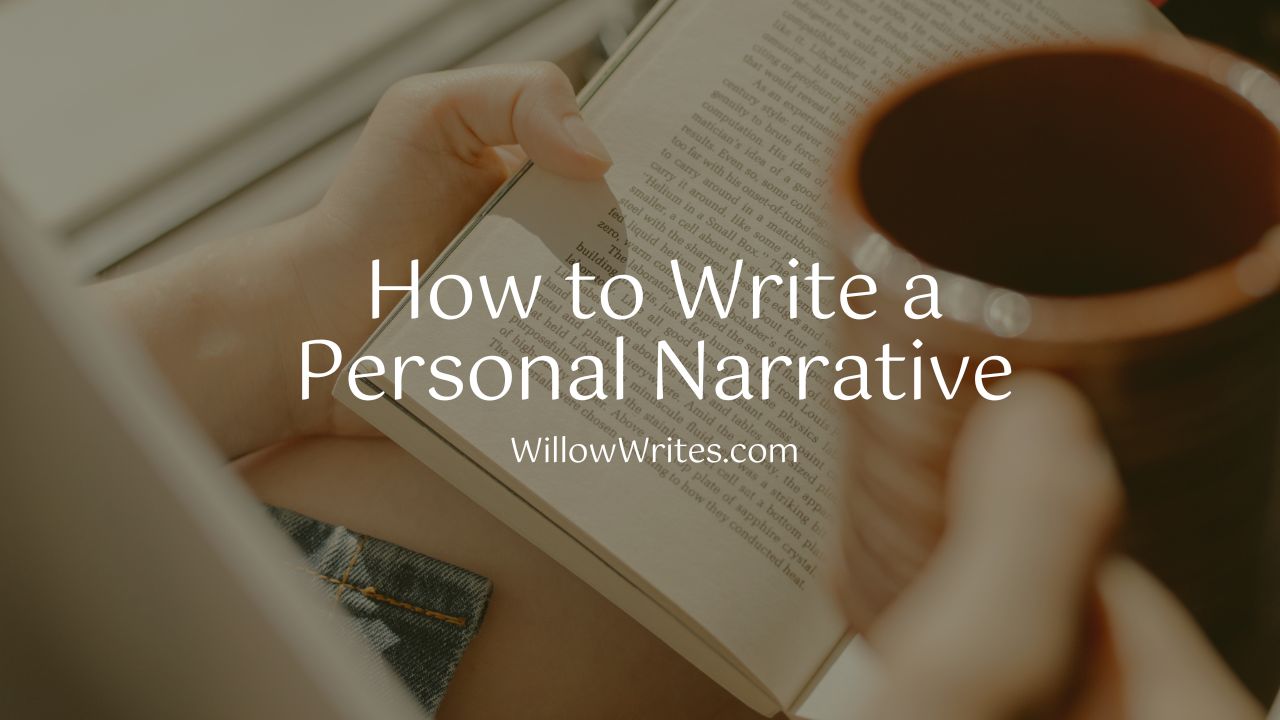This article offers direct insights into the structure and usage of open, closed, and hyphenated compounds, essential for learners and teachers in grasping complex language nuances.
Key Takeaways
- Compound words are formed by merging two or more words to create a new term with a unique meaning, and they exist in closed, open, and hyphenated forms.
- Regular exposure to a comprehensive list of compound words helps in understanding their proper use and significance in enhancing language precision and vocabulary.
- Teaching compound words can be an enjoyable and interactive process for children, and understanding their formation and pluralization can help avoid common language misconceptions.
Understanding Compound Words
| Category | Compound Words |
|---|---|
| Nature | Snowflake, Rainforest, Moonlight, Sunflower |
| Sports | Basketball, Football, Skateboard, Volleyball |
| Household | Toothbrush, Bookshelf, Doorstep, Tablecloth |
| Technology | Smartphone, Laptop, Database, Cybersecurity |
| Transport | Motorcycle, Airplane, Spaceship, Crosswalk |
| Clothing | Raincoat, Sunglasses, Sweatshirt, Trousers |
| Food | Cupcake, Popcorn, Watermelon, Meatball |
| Animals | Starfish, Jellyfish, Grasshopper, Goldfish |
| Occupations | Firefighter, Policeman, Postman, Shopkeeper |
| Health | Toothpaste, Healthcare, Sunscreen, Eyedrops |
| Tools | Screwdriver, Nailgun, Flashlight, Paintbrush |
| Education | Whiteboard, Textbook, Schoolbag, Blackboard |
| Entertainment | Gameboard, Soundtrack, Playhouse, Newsroom |
| Miscellaneous | Wallpaper, Moonbeam, Earthquake, Masterpiece |
A compound word forms when two or more words merge to create a new term with a distinctive meaning, working as a single semantic unit. For instance, ‘fire’ and ‘fighter’ individually have their own meanings, but when combined as ‘firefighter’, they represent a person who fights fire. These compound words help in making communication precise and concise, allowing complex ideas to be expressed succinctly through a single term.
Closed Compound Words
Words such as ‘firefighter’ or ‘notebook’ are examples of closed compound words, written without spaces or hyphens, and function as a distinct linguistic entity with a unique meaning. They are common in the English language and convey specific meanings that are different from their individual words when taken separately. Understanding the concept of a closed compound word can help improve one’s grasp of the language, as it often takes just one word to convey a complex idea.
Open Compound Words
In contrast to closed compound words, open compound words consist of two separate words with a space between them. Terms such as ‘living room’ and ‘real estate’ fall under this category, each representing a distinct concept that transcends their individual word components. These forms, often referred to as open compound word, are usually new to the language or used in specific, often technical, contexts.
Hyphenated Compound Words
Hyphenated compound words connect multiple words with a hyphen, often used when modifying another noun or forming compound nouns. An example of this is ‘mother-in-law’, which connects three words with two hyphens to form a new noun.
Comprehensive List of Compound Words
Referring to a comprehensive, alphabetically structured list of compound words can be beneficial for a thorough understanding of the concept. From ‘airplane’ to ‘zebrafish’, this list provides a wealth of examples, all categorized into open, hyphenated, and closed forms based on their structure.
You’ll observe that the list is dominated by compound nouns, while compound adjectives are frequently hyphenated. Meanwhile, certain parts of speech show distinct patterns in forming compound words. For any uncertainties regarding the composition of compound words, referring to a dictionary can provide clarity.
Formation of Compound Words
Compound words form when two or more words merge to create a new single term or a phrase that functions as a single entity. The combined words in a compound word often have a distinct meaning that differs from the meanings of the individual words on their own. Some examples of simple compound words, which are one of the types of compound words, include:
- basketball
- brainstorm
- candlestick
- firefly
- highlight
- moonlight
- newspaper
- rainbow
Understanding compound words can help improve your vocabulary and comprehension of the English language.
Interestingly, compound words are not static. New compound words frequently emerge to describe new technologies, cultural shifts, and innovations, showcasing the language’s evolution. They also play a significant role in advertising to describe products in a way that single words cannot, like ‘top-quality’, ‘economy-size’, and ‘feather-light’.
Teaching Compound Words to Kids
The process of teaching compound words to children can be enjoyable and interactive. Using flashcards with words and pictures, playing matching card games, or acting out words in dumb charades can effectively aid children in forming compound words.
Offering examples of compound words suitable for young learners like ‘seashell’, ‘seashore’, or ‘cupcake’ can make the learning process more relatable and exciting. The study of compound words enhances spelling skills and vocabulary, thus boosting their confidence in spelling complex words.
Common Mistakes and Misconceptions
There are numerous misconceptions surrounding compound words. People often confuse them with contractions, which are not combined full words but shortened forms marked by an apostrophe. Another common mistake is blending, where parts of words are combined using sound structures rather than whole words.
Moreover, dictionaries sometimes provide conflicting guidance on hyphenation and merging two words together. It’s crucial to remember that the usage of compound words often reflects the evolving nature of language and its fluid conventions.
Pluralizing Compound Words
The pluralization of compound words can sometimes pose challenges. Typically, one makes compound nouns plural by appending -s to the last word in the compound. For example, ‘bookseller’ becomes ‘booksellers’. However, it can vary depending on the specific structure of the compound word.
In cases where ‘woman’ is the first word in a compound noun, both elements of the compound become plural. For instance, ‘woman doctor’ becomes ‘women doctors’. When in doubt, it’s always a good idea to check a dictionary for the correct plural form.
Compound Words in Everyday Life
Unbeknownst to many, compound words hold considerable significance in our daily life. In advertising, for example, compound words help in creating memorable brand names that trigger positive emotions and associations. Brands like:
- Netflix
- FedEx
- Snapchat
- Spotify
Compound words are often used in brand names for their effectiveness. Some brands even utilize over the counter products as part of their offerings, showcasing the versatility of compound words in marketing.
Newly developed compound words such as ‘download’, ‘taxpayer’, and ‘feedback’ have become a new word in our daily language, reflecting the constant evolution and dynamism of the English language. In the digital age, even search engine algorithms are adapting to recognize and understand these new words.
Summary
In summary, compound words are a fascinating aspect of the English language. Whether they’re closed, open, or hyphenated, these words enrich our communication by creating new meanings out of existing words. They’re dynamic, evolving with the language and culture, and are a testament to the creativity and flexibility of human language.
Whether you’re a teacher introducing compound words to young learners, a language enthusiast exploring the intricacies of English, or simply someone looking to enhance their vocabulary, understanding compound words can open new avenues of expression and communication.
Frequently Asked Questions
What are the compound words?
Compound words are formed by joining two or more smaller words to create a new word with a distinct meaning.
What are some examples of compound words?
Some examples of compound words are ‘firefighter’, ‘notebook’, ‘living room’, ‘real estate’, and ‘mother-in-law’. These words are formed by combining two or more words to create a new one.
How are compound words formed?
Compound words are formed by combining two or more words to create a new single word or a phrase that acts as a single entity. This process allows for the creation of new vocabulary and expands the language’s versatility.
How do you teach compound words to kids?
You can teach compound words to kids by using flashcards with words and pictures, playing matching card games, or acting out words in dumb charades. These methods can effectively help children form compound words.
What are some common misconceptions about compound words?
One common misconception about compound words is confusing them with contractions or blending, which can lead to inconsistencies in dictionaries regarding hyphenation. This can cause confusion for many people.










